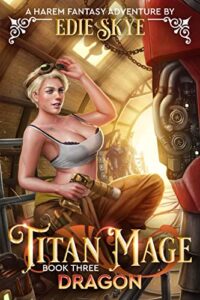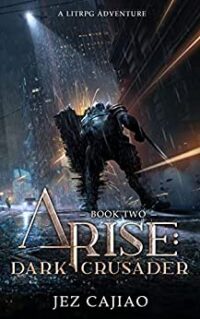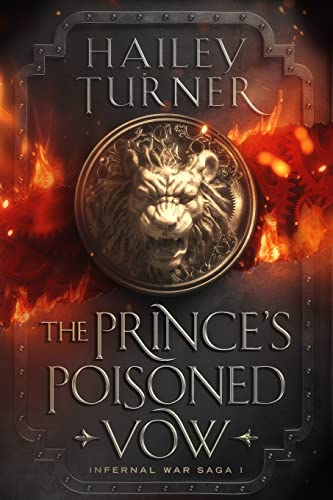Reflections on a Steampunk Romance Theme
I recently read a steampunk romance whose climactic scene (the plot kind, not the love scene kind!) confounded me a bit until I realized why: a prominent theme in the story is one of pacifism. The book came out in 2014 and is fairly well known, so in order to avoid a major spoiler I’m not going to share the title. If you’ve read it, however, you might be able to guess.
The story, set in an alternate history Earth, featured a steampunk weapon as a major plot point. Generally, if a story includes references to a weapon, we expect characters to use it. Many stories feature steampunk weapons, but in this case the weapon was used only as a show of force. The outcome wasn’t a complete surprise, but it wasn’t quite what I expected, either, especially based on my previous entertainment experience.
After finishing the story, I paused and reflected on my expectations when it comes to elements like weapons and battle scenes. Growing up in the United States, I regularly encountered books, films, and television shows featuring all kinds of violence–and that’s without intentionally seeking it out. Therefore, I’m conditioned to think that when weapons are part of a story, they’ll follow a certain “script.” When I read a steampunk romance that didn’t follow the script, I was like, “Huh. What do I think about this?”
The weapon in question was a majestic one, a mighty one, with a design and concept that’s downright seductive. Everything about it was what you’d expect from an inventive steampunk weapon. As the scene unfolded, with a face-off between multiple adversaries, I began anticipating what kind of havoc this weapon might wreak. I didn’t want people to die as a result of it attacking, but that was a possibility. There was also the matter of how many things–like buildings–it would destroy. And I think that’s possibly a response the story anticipated. The scene ultimately prompts readers to question their assumptions about the use of force, especially deadly force.
Mind you, the story isn’t completely without violence. For example, there’s hand-to-hand combat and characters are attacked by dangerous creatures. One scene in particular delivers an intense, gory threat to a main character. Ultimately, though, the story explored an alternate way a weapon of mass destruction can be deployed without bloodshed. Strength, the tale seemed to be saying, can be measured by one’s ability to hold back violence rather than unleash it.
Part of me pined for witnessing this mighty weapon in action. It’s too good not to use, right? Fiction often meets our need for excitement and spectacle. Yet the story refused to meet my expectations and instead subverted the concept of larger-than-life steampunk weapons. The wielder used the weapon to defuse a tense political situation instead of escalate it.
The climactic scene also paved the way for the romance’s upbeat ending. If the weapon had been used, the romance would have suffered as a result. This is an example of how speculative fiction can illustrate the important role of romantic love in our lives.
The weapon in this story is so powerful that no one in that world could fight against it and hope to survive. Did the weapon wielder have an unfair advantage or was the message that only those pure of heart could be trusted with the stewardship of such a weapon? Another possibility is the weapon represents the hidden strengths we all have inside us, but require a certain situation in order for them to emerge.
This story is a strong example of how a steampunk romance can make one think about themes like pacifism as well as challenge our pre-conceived notions about violence in fiction, all with a dose of romance to make the experience even sweeter.
About the author
Heather Massey is a lifelong fan of science fiction romance. She searches for sci-fi romance adventures aboard her blog, The Galaxy Express and is the Releases Editor for the Sci-Fi Romance Quarterly.
She’s also an author in the genre. To learn more about her published work, visit heathermassey.com. When Heather’s not reading or writing, she’s watching cult films and enjoying the company of her husband and daughter.











We call it Chekov’s gun. A gun brought on stage in the first act should go off by the third.
The idea of having a massive weapon and using it to deter violence is what drove real world foreign policy for ages.
I’ve grown up on SF, with villains who have amazing weapons and always fail to deploy them at the right time. They wait too long. They monologue. I always found that frustrating. (My villains tend to use their large weapons early and often, without monologuing)
The idea of a superweapon NOT being used is a fairly unique one.